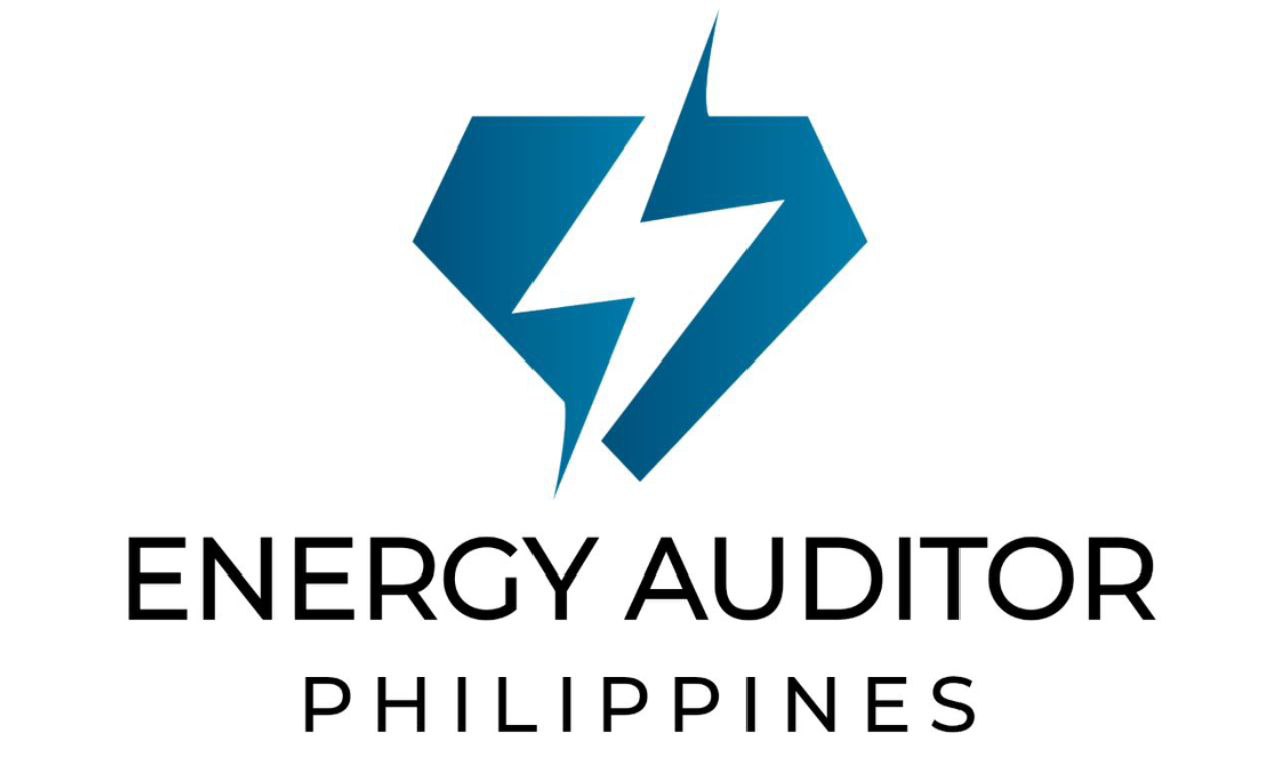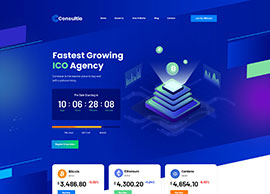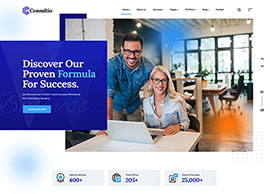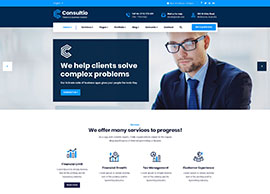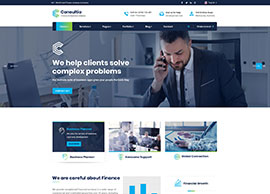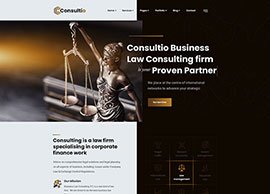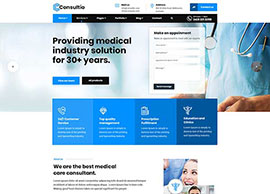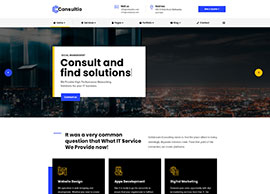As the Philippines advances its energy efficiency goals under Republic Act No. 11285 (RA11285), also known as the Energy Efficiency and Conservation Act, Designated Establishments (DEs) are tasked with implementing robust energy management systems. A cornerstone of compliance is the engagement of qualified energy practitioners. These include Certified Energy Managers (CEM), Certified Energy Conservation Officers (CECO), and Certified Energy Auditors (CEA).
This article explores their vital roles in helping businesses meet regulatory requirements and enhance energy performance.
Who Are Energy Practitioners?
Energy practitioners are professionals certified by the Department of Energy (DOE) to support businesses in achieving energy efficiency and compliance with RA11285. Each practitioner specializes in distinct but complementary areas:
- Certified Energy Manager (CEM)
- Oversees the overall energy management system.
- Develops and implements energy-saving strategies.
- Ensures compliance with RA11285 reporting requirements and typology-specific obligations.
- Certified Energy Conservation Officer (CECO)
- Focuses on day-to-day energy conservation measures.
- Monitors energy usage and identifies opportunities for immediate efficiency improvements.
- Assists in implementing energy management policies.
- Certified Energy Auditor (CEA)
- Conducts detailed energy audits to assess energy use and identify inefficiencies.
- Prepares audit reports required for compliance.
- Recommends technical solutions for reducing energy consumption.
The Importance of Energy Practitioners in Compliance
- Expertise in Regulatory Compliance
Energy practitioners are well-versed in RA11285 and its Implementing Rules and Regulations (IRR). They ensure businesses adhere to obligations such as:- Submitting the Annual Energy Efficiency and Conservation Report (AEECR) and Annual Energy Utilization Report (AEUR).
- Conducting mandatory energy audits every three years.
- Enhanced Energy Performance
These professionals bring specialized knowledge to optimize energy use, helping businesses:- Reduce operational costs through efficiency measures.
- Meet or exceed the minimum energy performance indicators set by the DOE.
- Data-Driven Decision-Making
Practitioners collect and analyze energy data to provide actionable insights. This data supports businesses in achieving sustainable energy goals and justifying investments in energy-efficient technologies. - Support for Typology Transitions
As DEs shift between typologies (e.g., from Type 2 to Type 3), practitioners ensure compliance with the increased obligations, such as advanced energy audits or integrating ISO 50001-compliant energy management systems.
Key Responsibilities of Energy Practitioners
- Certified Energy Managers (CEMs):
- Lead the design and execution of energy management systems.
- Ensure energy policies are aligned with business operations and RA11285 requirements.
- Train staff on energy-saving practices.
- Certified Energy Conservation Officers (CECOs):
- Monitor energy consumption patterns.
- Implement simple, cost-effective conservation measures like efficient lighting or HVAC adjustments.
- Act as the first point of contact for internal energy efficiency initiatives.
- Certified Energy Auditors (CEAs):
- Perform comprehensive audits to identify inefficiencies.
- Evaluate systems such as lighting, HVAC, and machinery for optimization.
- Prepare audit reports detailing recommended improvements.
How to Engage Certified Energy Practitioners
- Understand Your Obligations
Determine the specific RA11285 requirements for your typology. Type 3 DEs, for example, must engage a CEM supported by a CECO or another CEM. - Find Certified Professionals
The DOE maintains a registry of certified practitioners. Businesses can consult this list to hire qualified individuals. - Incorporate Them Into Your Team
- For large DEs, energy practitioners may work as in-house staff managing ongoing compliance and projects.
- For smaller establishments, hiring practitioners on a consultancy basis may be sufficient.
- Invest in Certification for Current Staff
Training and certifying existing employees as CECOs or CEAs can be a cost-effective way to ensure compliance while building internal expertise.
Benefits of Engaging Energy Practitioners
- Compliance Assurance
Their expertise minimizes the risk of non-compliance, which could result in penalties under RA11285. - Cost Savings
Implementing their recommendations often leads to significant reductions in energy costs. - Improved Corporate Image
Demonstrating a commitment to energy efficiency can enhance your company’s reputation among stakeholders and consumers. - Support for Sustainability Goals
Their guidance aligns business operations with national and global sustainability targets, contributing to environmental conservation.
Energy practitioners—CEMs, CECOs, and CEAs—are indispensable for businesses navigating the compliance landscape of RA11285. Their expertise not only ensures adherence to regulatory standards but also drives efficiency, cost savings, and sustainability. By engaging these professionals, businesses can turn compliance into a strategic advantage, making energy efficiency a core component of their operational success.
Is your business ready to meet the challenges of RA11285? Start by partnering with certified energy practitioners and take a proactive step toward a sustainable future.



